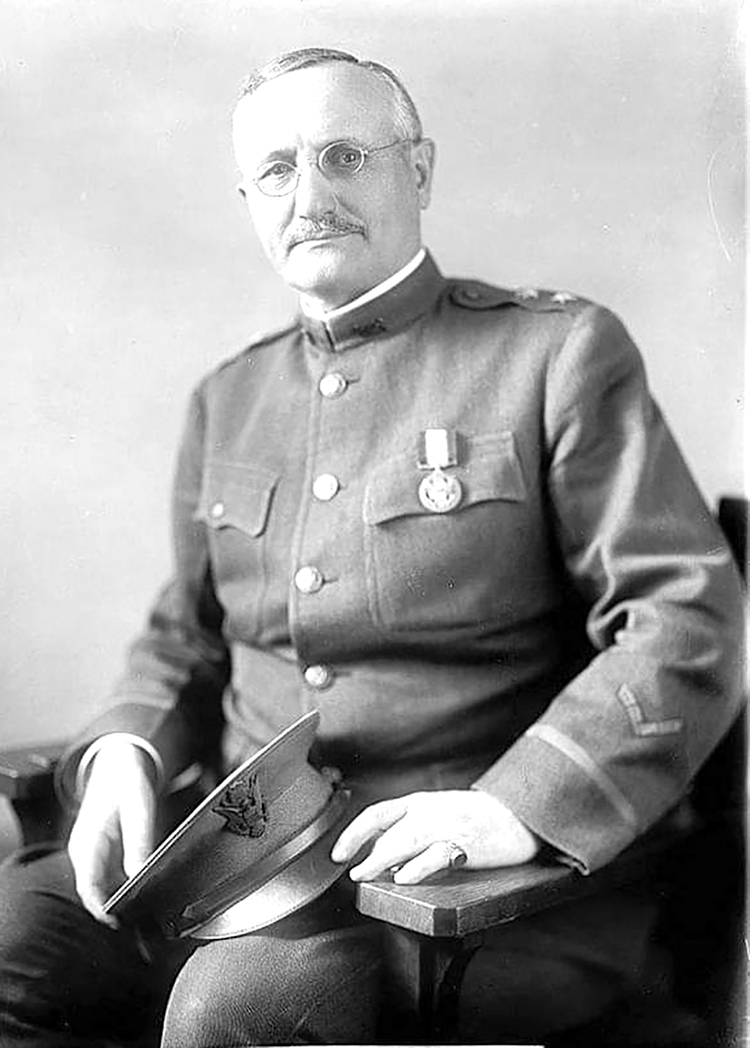By Danny Crownover
In 1869, a local Gadsden newspaper copied an editorial from The Selma Times advocating a canal across Sand Mountain in order to connect the Tennessee and Coosa rivers.
The Selma paper’s editor opined that the project would be a great boom to this region, adding that he wished to stand on the bank of the Alabama River at Selma to welcome the first steamboat from Knoxville and Chattanooga. The editor named some of his friends whom he wanted to ride with into Alabama on such a boat.
Lon Grant, the editor of the local newspaper, commented that he was the first to advocate such a canal. The idea was to build a series of locks and dams on a creek that flowed off Sand Mountain through a deep gorge. The plan included widening the creek into a canal across a large plateau and then build a series of locks and dams to Big Wills Creek, which in itself would be widened into a canal. The Selma Times noted that the source of Big Wills Creek was located within a mile of the Tennessee River.
At first look, the project for carrying boats to the top of Sand Mountain and down into Wills Valley and through Attalla and Gadsden seemed to be entirely visionary, but U.S. Army engineers eventually surveyed the area and deemed the project feasible.
Etowah County was also connected to perhaps the world’s most famous canal – the Panama Canal.
General W.L. Sibert, a native of Gadsden, was one of the U.S. Army engineers that built the Panama Canal.
During the World War II, Sibert (pictured above) was awarded the Order of The British Empire by direction of the King of England.
The decoration in the degree of honorary commander of the military division was awarded to Sibert for his service as assistant chief to staff G2 in the headquarters of the 12th Army Group in Europe. Sibert later served as the commanding general of the Pacific Sector that included the U.S. Caribbean headquartered at Fort Clayton in the Panama Canal Zone.
The presentation was made by British minister to Panama John D. Greenway and witnessed by U.S. Ambassador to Panama Monnett Bain Davis, U.S. Army Chief of Staff Colonel William L. Barringer and Mrs. Sibert and their daughter.
Sibert was one of the U.S. Army engineers appointed by President Theodore Roosevelt to dig the Panama Canal. Sibert was in direct charge of building the canal’s Gatum Lock and Dam.
Sibert went on to serve as commander of the U.S. Army’s Chemical Warfare Department during the First World War. He served as second in command to General John J. Pershing in France during the initial stages of the war. Carefully integrating British, French and American intelligence services, Sibert strengthened the intelligence structure.
In addition to the Order of the British Empire, Sibert also received the U.S. Distinguished Service medal with oak leaf cluster, the Legion of Merit, the Bronze Star medal and a Five-Battle Stars.
Sibert’s also received the French Legion D’honneur, the Belgian Order Leopoid II, the Dutch Order Orange Nassau, the Luxembourg Order Orange Nassau, the French, Belgian, Luxembourg and Czechoslovakian Croix de Guerre, and the Polish Virtute Militaire.
Danny Crownover may be contacted at dkcrown@bellsouth.net.




